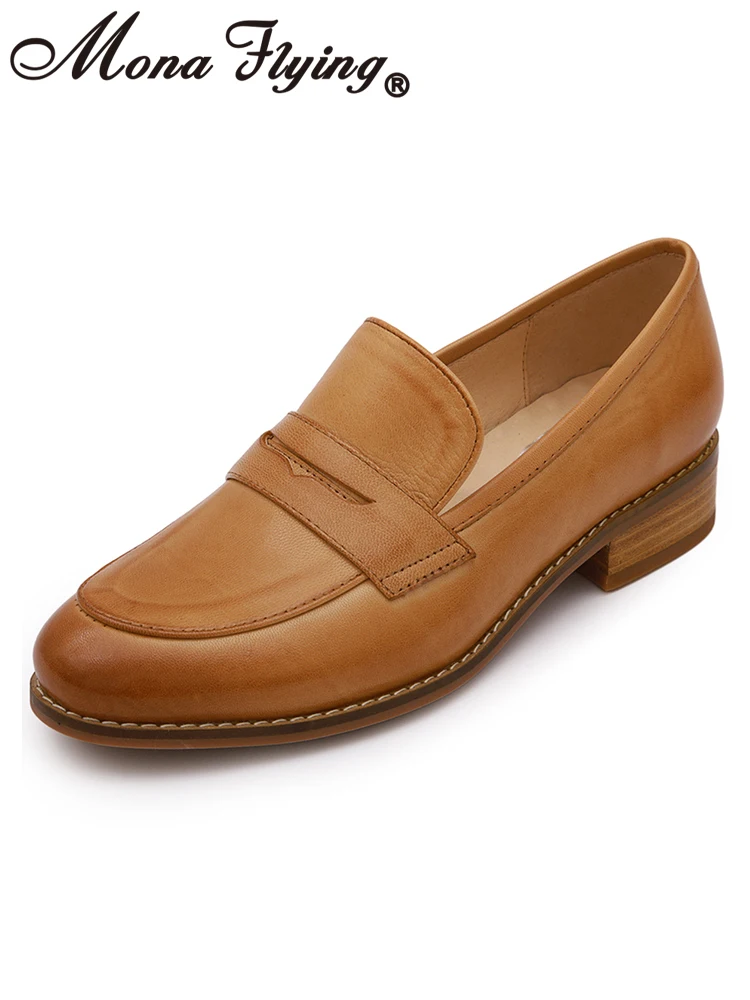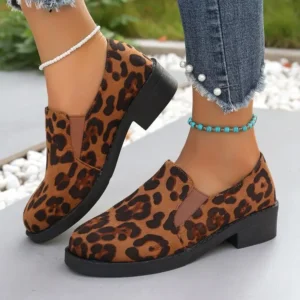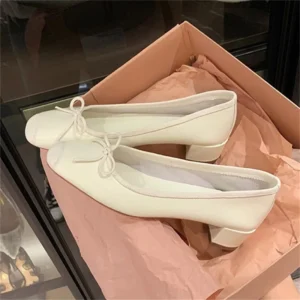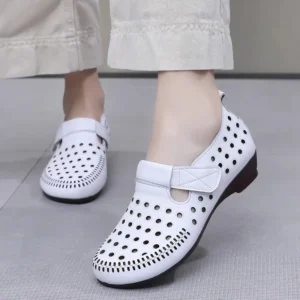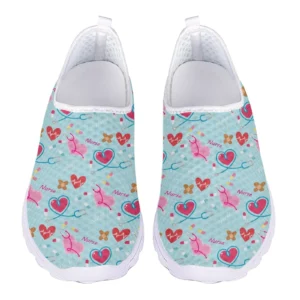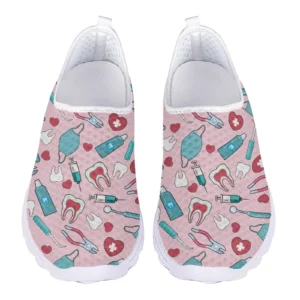Understanding Toe Shape: The Foundation of Footwear Comfort
When we talk about finding the perfect pair of shoes, most people focus on length and width. However, one crucial element often gets overlooked: toe shape. The natural architecture of your toes plays a fundamental role in determining which shoes will feel comfortable and which might lead to discomfort or even pain.
Research suggests that up to 72% of people wear incorrectly sized shoes, with toe box mismatch being a primary culprit. Your toes have a natural shape and splay that requires proper accommodation in footwear. When shoes don’t match this shape, pressure points form, leading to both immediate discomfort and potential long-term foot problems.
Understanding your unique toe anatomy isn’t just about avoiding pain—it’s about preserving foot health for years to come. Different toe shapes interact differently with various shoe designs, particularly in the toe box area where your toes need space to rest comfortably and move naturally during walking.
The relationship between pointed toe loafers style guide and your natural foot shape demonstrates why this knowledge matters. Even the most beautifully crafted shoes can become instruments of discomfort if they fundamentally clash with your toe structure.
Throughout this guide, we’ll help you identify your toe shape, understand how it affects your footwear comfort, and provide practical advice for selecting shoes that complement your natural anatomy. With the right knowledge, you can make informed choices about ultimate guide pointed toe loafer styles and other footwear to ensure both style and comfort.
The 3 Common Toe Shape Patterns: Which One Is Yours?
Understanding your toe shape is the first step toward finding truly comfortable footwear. While everyone’s feet are unique, most people’s toe patterns fall into three main categories:
Egyptian Foot
The Egyptian foot features a gradually descending toe length pattern, with the big toe being the longest, followed by progressively shorter toes. This is the most common toe shape, occurring in approximately 70% of the population. The Egyptian foot typically has a somewhat triangular appearance when viewed from above.
Greek Foot (Morton’s Toe)
With the Greek foot or Morton’s toe, the second toe is longer than the big toe. The remaining toes follow a descending pattern. This toe shape appears in roughly 20-25% of people and creates a distinct profile that requires specific accommodation in shoes.
Roman/Square Foot
The Roman or Square foot features the first three toes being nearly equal in length, creating a more squared-off appearance at the front of the foot. The fourth and fifth toes are progressively shorter. This toe shape is less common, affecting about 5-10% of the population.
How to Identify Your Toe Shape:
1. Place your foot on a piece of paper
2. Trace around your foot while standing (weight-bearing)
3. Examine the outline, focusing on the relative lengths of your toes
4. Compare your tracing to the three common patterns
It’s worth noting that many people have hybrid shapes or slight variations of these patterns. Additionally, your left and right feet might display different toe shapes. Your toe shape is primarily genetic, but wearing ill-fitting shoes over many years can alter the appearance and function of your toes.
The essential features pointed toe loafers need to have directly relate to accommodating different toe shapes properly. For those with certain toe configurations, browsing women’s pointed toe flat loafers requires understanding how these designs will interact with your specific foot anatomy.
How Your Toe Shape Determines Ideal Shoe Fit
Each toe shape requires specific accommodations in footwear to prevent discomfort and potential foot problems. Understanding how your toe pattern interacts with different shoe designs is essential for finding your ideal fit.
Egyptian Foot Considerations
People with Egyptian feet (descending toe length from big toe) often experience pressure on their longest toe in pointed shoes. The ideal toe box for this foot shape:
– Features adequate length to prevent pressure on the big toe
– Offers a gently tapered shape that follows the natural slope of the toes
– Provides sufficient width at the ball of the foot
– Common pressure points: big toe tip, outer edge of big toe
Greek Foot (Morton’s Toe) Considerations
Those with Greek feet face unique challenges since mass-produced shoes rarely accommodate a longer second toe:
– Requires extra length in the second toe area
– Benefits from rounded or square toe boxes
– Needs flexibility at the point where the second toe bends
– Common pressure points: second toe tip, second toe knuckle, big toe joint
Roman/Square Foot Considerations
Square foot shapes need accommodation for their more even toe length distribution:
– Square or wide rounded toe boxes work best
– Requires uniform space across the front of the shoe
– Benefits from shoes with straight-across toe designs
– Common pressure points: across all toe tips, especially when in tapered shoes
Understanding toe splay—the natural spreading of toes when bearing weight—is crucial for proper fit. Most feet widen by 0.5-1 cm when standing compared to non-weight-bearing. The “toe box allowance” concept means leaving about a thumb’s width (approximately 0.5-0.75 inches) of space between your longest toe and the front of the shoe.
Unfortunately, mass-produced shoes tend to favor certain toe shapes, particularly a moderate Egyptian pattern. Those with pronounced Greek or Square foot patterns often struggle to find perfect fits among standard designs.
Are square toe shoes fashion trends often better align with certain foot types, making them not just stylish but potentially more comfortable for those with Roman/Square toe shapes. For a practical example, our women’s square toe flat loafers collection offers options specifically designed to accommodate this toe pattern’s unique needs.
Common Foot Problems Associated With Ill-Fitting Shoes
When shoes don’t properly accommodate your toe shape, various foot problems can develop over time. Understanding these conditions can help you recognize early warning signs and make better footwear choices.
Bunions (Hallux Valgus)
Bunions develop when the big toe begins to angle toward the second toe, creating a bony bump at the joint’s base.
– Causes: Genetic predisposition combined with narrow toe boxes, especially pointed designs
– Most affected: Egyptian foot types, particularly when wearing narrow shoes
– Prevention: Wide toe boxes, proper arch support, avoiding pointed styles
Hammertoes and Claw Toes
These conditions involve abnormal bending of the toe joints, causing the toe to take on a hammer or claw-like appearance.
– Causes: Toe cramping in short shoes, muscle imbalances, pressure on toe tips
– Most affected: Greek foot types (especially the longer second toe)
– Prevention: Adequate toe box height and length, shoes that flex at the toe break point
Corns and Calluses
These hardened layers of skin develop as a protective response to friction and pressure.
– Causes: Localized pressure points where toes rub against shoes
– Most affected: All foot types, but occurs at different locations based on toe shape
– Prevention: Proper shoe width, seamless toe boxes, cushioned insoles
Ingrown Toenails
This painful condition occurs when the toenail grows into the surrounding skin, often causing infection.
– Causes: Pressure from tight toe boxes, improper nail trimming
– Most affected: Most common in big toes across all foot types
– Prevention: Adequate toe box width, proper nail care, avoiding pressure on nail edges
Morton’s Neuroma
This painful condition involves thickening of tissue around nerves leading to the toes, causing sharp, burning pain.
– Causes: Compression of nerves between metatarsal bones, often from narrow toe boxes
– Most affected: Most common between third and fourth toes
– Prevention: Wide toe boxes, proper arch support, avoiding high heels
The long-term consequences of ignoring these issues can include chronic pain, decreased mobility, and even altered gait patterns that affect knees, hips, and back. Understanding how to make penny loafers comfortable by selecting the right shape and fit can prevent many of these problems before they start.
For those already experiencing discomfort, exploring women’s comfortable flat loafers specifically designed with foot health in mind may provide relief while maintaining style.
Essential Features for Comfortable Shoes Based on Toe Shape
Finding comfortable shoes requires understanding which features best accommodate your specific toe shape. Here’s a comprehensive breakdown of what to look for:
Toe Box Shapes and Their Suitability
| Toe Shape | Ideal Toe Box | Good Alternative | Avoid |
|---|---|---|---|
| Egyptian | Almond, Slightly pointed | Rounded | Extremely pointed, Very square |
| Greek/Morton’s | Rounded, Square | Almond | Pointed, Narrow designs |
| Roman/Square | Square, Wide rounded | Wide almond | Pointed, Narrow designs |
Width Considerations
- Egyptian foot: Needs adequate width at ball of foot with gentle taper
- Greek foot: Requires extra width at second toe area
- Roman foot: Benefits from uniform width across entire toe box
Depth Requirements
Proper toe box depth is often overlooked but equally important:
– Allow 0.5-0.75 inches of space above toes for natural movement
– Higher toe boxes prevent pressure on toenails and toe tops
– Look for “extra depth” features in dress shoes for professional settings
Flexibility Points
Shoes should bend where your toes naturally bend:
– The flex point should align with the ball of your foot
– Test by bending the shoe—it should flex at the same point your toes bend
– Rigid soles can cause toe strain regardless of toe box shape
Material Considerations
The right materials can enhance comfort for all toe shapes:
– Soft, supple leathers conform to individual toe shapes
– Stretchy materials accommodate toe splay during walking
– Seamless construction reduces friction points
– Breathable materials prevent moisture buildup that can exacerbate friction
When evaluating shoes, always try them on later in the day when feet are slightly swollen. This provides a more accurate fit assessment. Walk around for several minutes, paying attention to any pressure points or areas of discomfort.
The “finger width” test remains reliable: you should be able to fit approximately a finger’s width of space in front of your longest toe. This space accounts for the forward movement of feet during walking.
For a deeper understanding of how footwear design affects comfort regardless of style, explore our definitive guide footwear design comfort resource. Many customers find that women’s round toe flat loafers provide the versatility needed to accommodate natural toe splay while maintaining a stylish appearance.
How to Shop for Shoes That Match Your Toe Shape: A Practical Guide
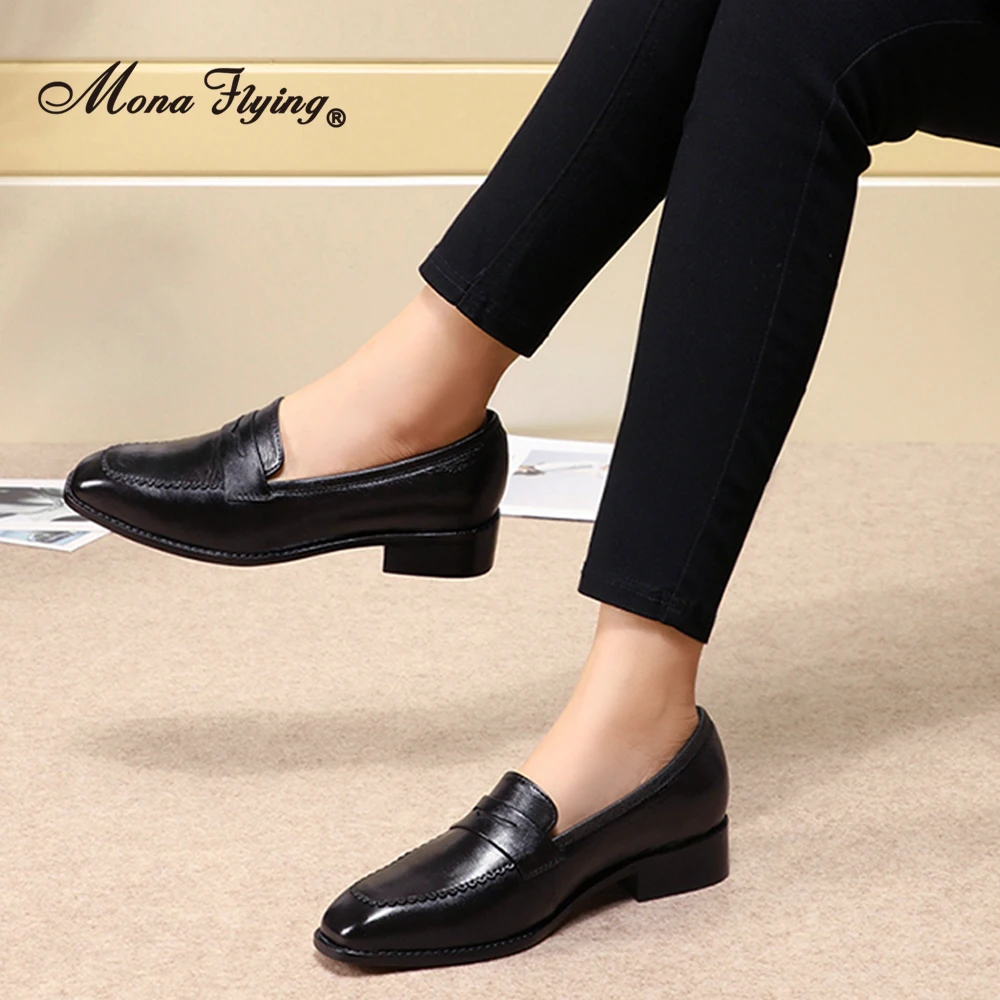
Finding shoes that properly accommodate your toe shape doesn’t have to be complicated. Follow these practical steps to ensure a proper fit every time:
Step 1: Measure Both Feet Properly
- Measure late in the day when feet are at their largest
- Measure both length and width (feet often differ in size)
- Use a Brannock device at shoe stores for accurate measurements
- Remember that size numbers vary between brands and styles
Step 2: Know Your Toe Shape Requirements
- Egyptian feet: Look for almond toe boxes with adequate length
- Greek feet: Seek rounded toe boxes with extra room at the second toe
- Roman feet: Prioritize square or wide rounded toe boxes
Step 3: In-Store Testing Protocol
- Walk on hard surfaces, not just carpet
- Try the “toe wiggle test” (can you wiggle toes freely?)
- Check for pressure points along the sides of your toes
- Stand on one foot to test stability and fit when weight-bearing
Step 4: Ask the Right Questions
When shopping with sales associates, ask:
– “Does this style run narrow in the toe box?”
– “Do you have this in a wider width option?”
– “Which models have the most generous toe box?”
– “Do you offer split sizing for different sized feet?”
Step 5: Breaking In Properly
- Wear new shoes for 1-2 hours initially, gradually increasing time
- Use moleskin or bandages on potential hot spots
- Consider professional stretching for minor toe box issues
- Remember that shoes should be comfortable immediately—major “breaking in” is a myth
For professional or dress occasions, look for brands that offer:
– Extended width options
– Styles specifically designed for different toe shapes
– Comfort-oriented dress shoes with less severe tapering
Women’s leather flat loafers made from quality materials can conform to your unique foot shape over time, creating a more customized fit that accommodates your specific toe structure.
Beyond the Toe Box: Other Critical Factors for Overall Foot Comfort
While toe shape compatibility is essential, several other factors contribute to overall foot comfort:
Arch Support
Different foot arches require different levels of support:
– High arches need cushioned support with shock absorption
– Medium arches benefit from moderate, balanced support
– Low arches (flat feet) require firmer support to prevent overpronation
These support needs interact with toe shape considerations—for example, Greek foot types with high arches need both adequate second toe space and proper arch support.
Heel Cup Design
A properly fitted heel cup:
– Stabilizes the foot during walking
– Reduces pressure on the forefoot and toes
– Prevents excessive movement that can cause friction
– Should feel snug but not tight (the “heel slip” test: slight movement is normal, excessive movement is problematic)
Cushioning Considerations
Different activities require different cushioning:
– Standing for long periods: focus on full-foot cushioning
– Walking longer distances: prioritize heel and ball of foot padding
– Office wear: moderate cushioning with proper weight distribution
Insoles and Orthotics
Custom or aftermarket insoles can enhance fit by:
– Filling excess volume in shoes for narrow feet
– Providing targeted support to relieve pressure points
– Compensating for mild foot asymmetries
– Creating a more customized fit for unusual toe shapes
Sock Selection
The right socks complete the comfort equation:
– Seamless toes prevent friction points
– Moisture-wicking materials reduce blister potential
– Appropriate thickness complements shoe fit
– Toe-specific designs can help separate and protect toes
Understanding the relationship between flat vs low heel comfort can also impact your overall foot experience, as heel height directly affects weight distribution across the toe box.
Women's Comfortable Flat Loafers, Women's Leopard Print Loafers, Women's Low Heel Loafers
$82.50 Select options This product has multiple variants. The options may be chosen on the product pageWomen's Block Heel Loafers, Women's Square Heel Loafers, Women's Square Toe Flat Loafers
Price range: $73.61 through $86.41 Select options This product has multiple variants. The options may be chosen on the product pageWomen's Comfortable Flat Loafers, Women's Leather Flat Loafers, Women's Round Toe Flat Loafers
$124.88 Select options This product has multiple variants. The options may be chosen on the product pageWomen's Classic Driving Loafers, Women's Classic Penny Loafers, Women's Comfortable Flat Loafers
$75.28 Select options This product has multiple variants. The options may be chosen on the product pageWomen's Black Flat Loafers, Women's Classic Penny Loafers, Women's Comfortable Flat Loafers
$75.28 Select options This product has multiple variants. The options may be chosen on the product pageWomen's Block Heel Loafers, Women's Leather Heeled Loafers, Women's Square Toe Flat Loafers
$109.84 Select options This product has multiple variants. The options may be chosen on the product page
When to Consult a Podiatrist About Toe and Foot Discomfort
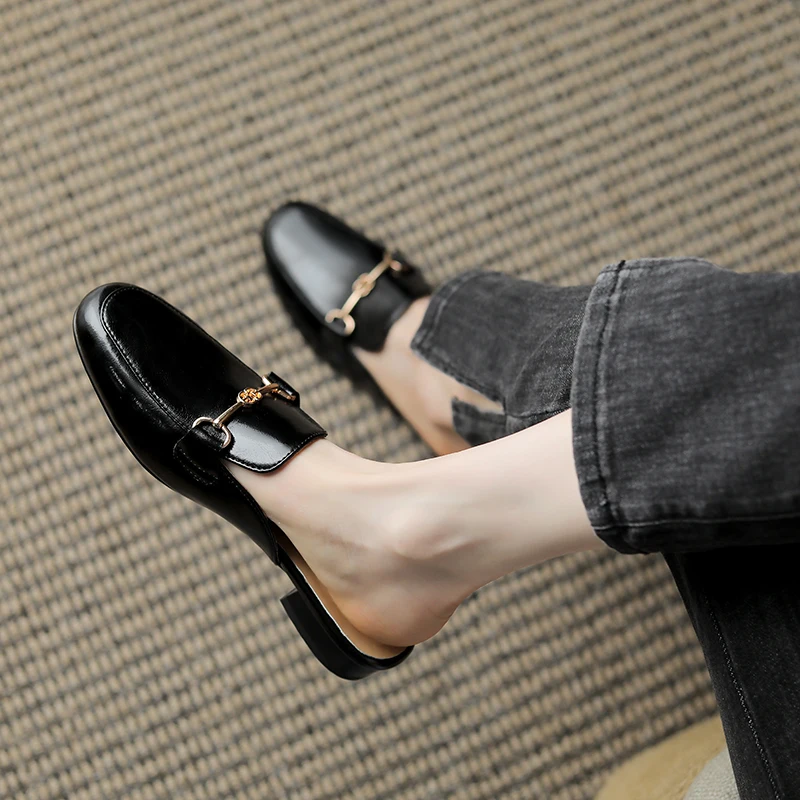
While proper footwear can resolve many comfort issues, some situations warrant professional attention. Consider consulting a podiatrist if you experience:
- Pain that persists more than two weeks despite wearing proper shoes
- Progressive toe deformities (increasing bend or overlap)
- Numbness, tingling, or burning sensations in your toes
- Significant difference in toe shape between your feet
- Inability to find comfortable shoes despite following proper fit guidelines
- Changes in toenail appearance (thickening, discoloration)
- Development of bony prominences or bumps around toe joints
During a podiatric consultation, you can expect:
– A comprehensive foot examination
– Gait analysis to observe walking patterns
– Possible imaging (X-rays) to assess bone structure
– Discussion of both conservative and surgical treatment options
Podiatrists may recommend:
– Custom orthotics designed for your specific foot architecture
– Physical therapy exercises to address muscle imbalances
– Toe separators or other devices to correct mild deformities
– Recommendations for specific footwear brands and styles
– In severe cases, surgical interventions to correct structural issues
For those with unusual toe shapes or specific foot conditions, custom orthotics can be particularly valuable. These prescription inserts are molded to your exact foot shape, providing targeted support exactly where needed.
Even those who prefer stylish options like pointed toe loafers smart choice can benefit from professional guidance on how to wear such styles occasionally while minimizing foot health risks.
Frequently Asked Questions About Toe Shape and Shoe Comfort
Can toe shapes change over time?
While your basic toe shape is genetic, external factors can cause changes. Wearing constrictive shoes for years can lead to toe crowding and potential deformities. Pregnancy, aging, and weight fluctuations can also alter foot structure, including toe positioning. However, your fundamental toe pattern typically remains recognizable.
Are “barefoot” or minimalist shoes good for all toe shapes?
Minimalist shoes often benefit those with wider forefeet and Roman/Square toe shapes by allowing natural toe splay. However, those with Greek foot patterns may need more structured support for the longer second toe. The transition to minimalist footwear should be gradual for all foot types to allow muscles to adapt.
How do I accommodate different toe shapes between my left and right feet?
For slight differences, adjustable features like laces or straps can help customize the fit for each foot. For significant differences, consider brands offering split sizing or explore adding targeted padding to the shoe with the looser fit. Custom orthotics can also address asymmetry issues.
How can I tell if a shoe has a “wide toe box” when shopping online?
Look for specific language like “wide toe box,” “foot-shaped,” or “anatomical design.” View multiple angles of the shoe, especially from above. Check customer reviews specifically mentioning toe box room. Some brands publish actual measurements or comparison charts of their toe box shapes and widths.
What if I have an unusual toe shape not mentioned here?
Focus on how your toes feel in shoes rather than categorization. The key principles remain the same: adequate space, no pressure points, and room for natural movement. Consider custom-made shoes for truly unique foot structures that cannot find comfort in mass-produced options.
Your Step-by-Step Action Plan for Better Toe and Foot Comfort
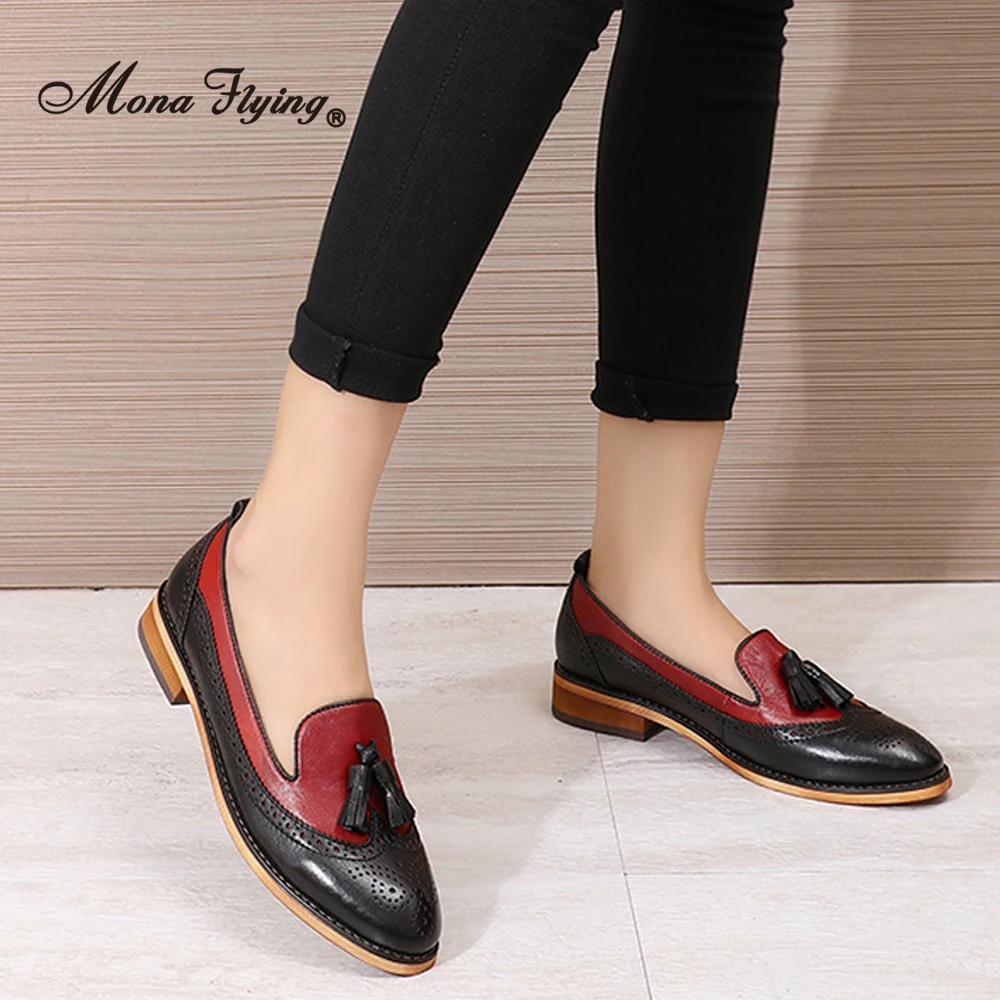
Now that you understand how your toe shape affects footwear comfort, follow this practical action plan to improve your foot health and comfort:
Identify your unique toe shape using the tracing method described earlier. Remember to check both feet, as they may differ slightly.
Evaluate your current footwear collection against your toe shape requirements. Set aside shoes that create pressure points or discomfort for limited wear or donation.
Measure your feet properly at the end of the day when they’re at their largest. Record both length and width measurements for reference when shopping.
Address existing discomfort with appropriate solutions:
– Toe separators for overlapping toes
– Moleskin for pressure points
– Stretching techniques for tight toe boxes
– Supportive insoles for arch-related discomfortCreate a shopping strategy based on your toe shape:
– Prioritize toe box shape compatibility over style when necessary
– Bring foot tracings when shopping in-store
– Utilize brands’ sizing guides when shopping online
– Test new shoes on hard surfaces, not just carpetConsider professional help if problems persist despite proper footwear choices. Podiatrists can provide personalized recommendations and treatments.
Most people notice significant improvement in foot comfort within 2-4 weeks of switching to properly fitted shoes. However, resolving long-standing issues may take longer, as feet need time to recover from years of improper footwear.
Remember that proper shoe toe shape dictates comfort more than almost any other factor. At Artisan Haul, we understand this critical relationship and design our footwear with various toe shapes in mind, ensuring everyone can find their perfect fit while enjoying sophisticated style.
By taking these steps and applying your new knowledge about toe shape and footwear compatibility, you’re investing not just in immediate comfort but in long-term foot health that will serve you well for years to come.

